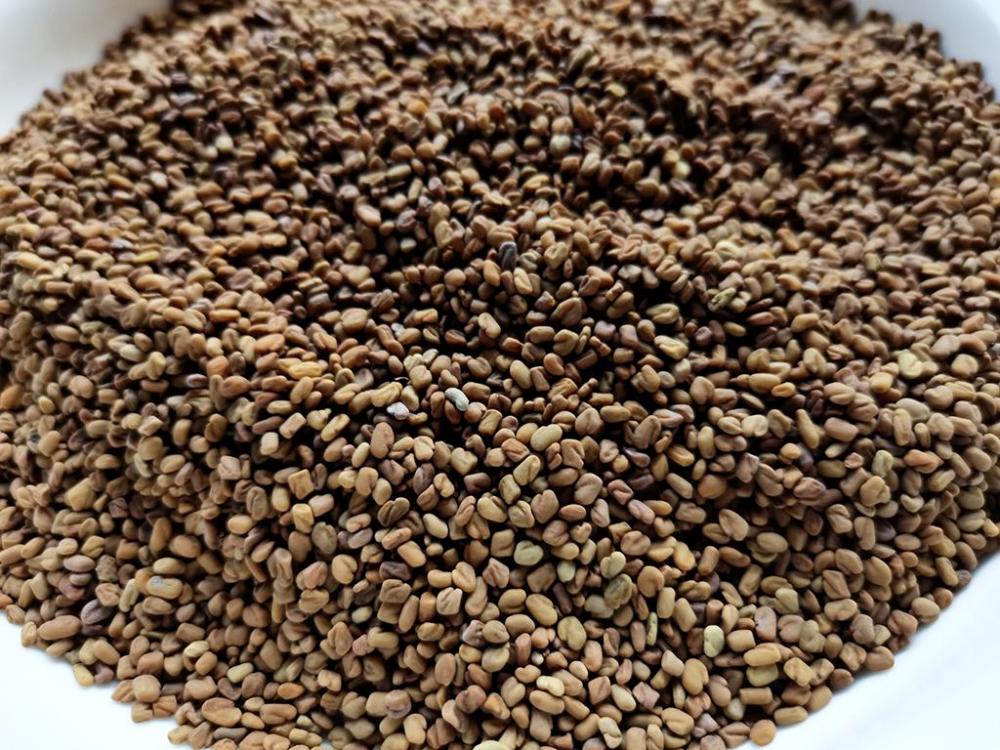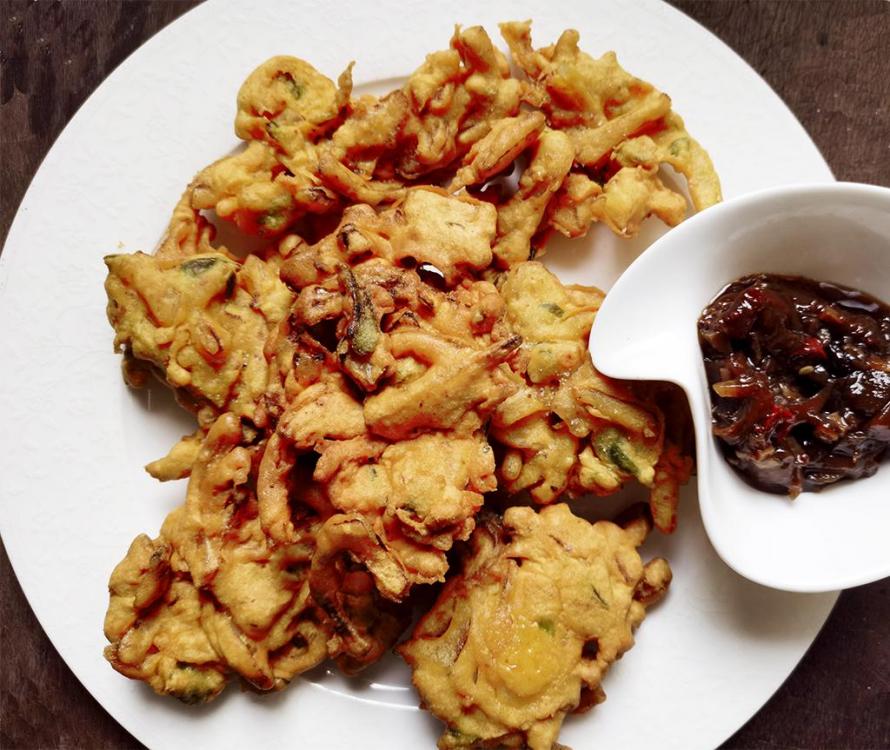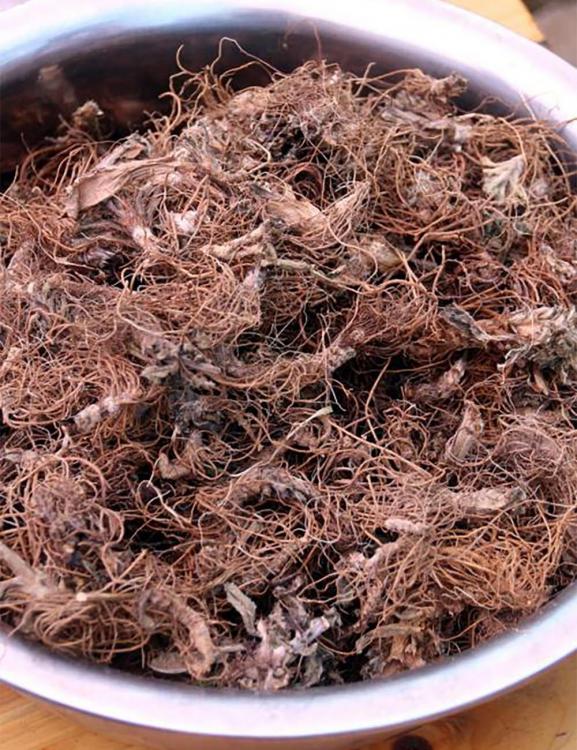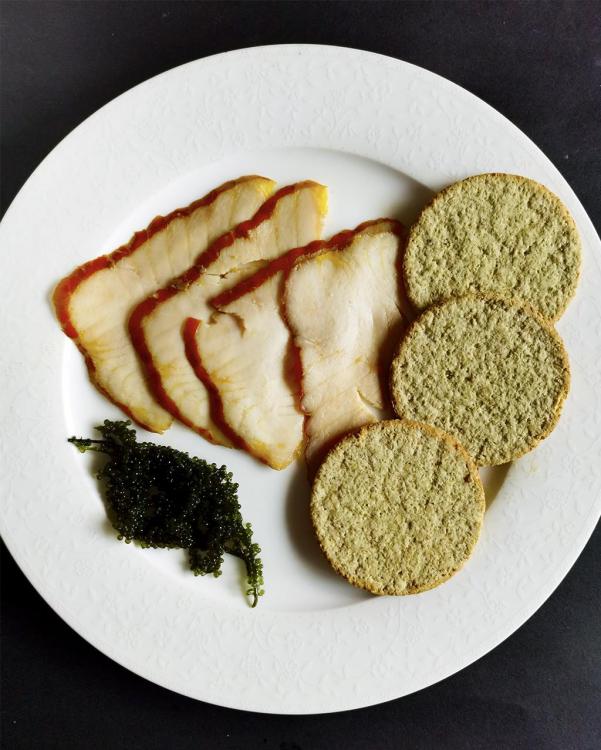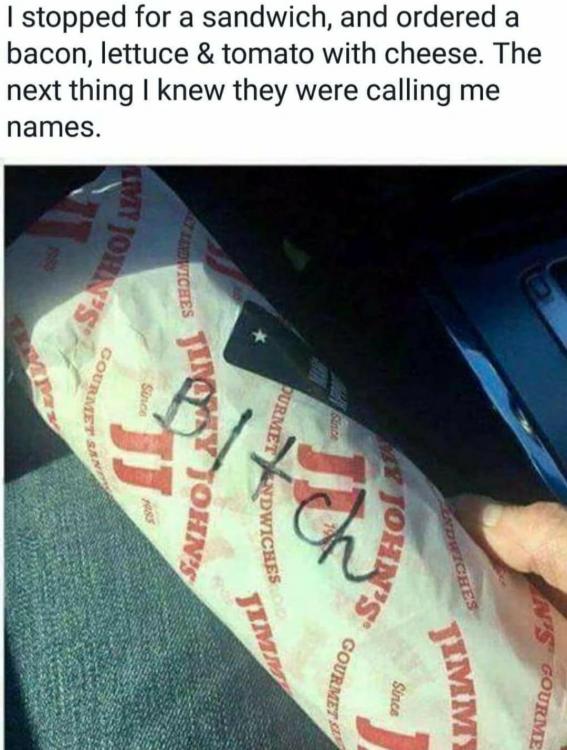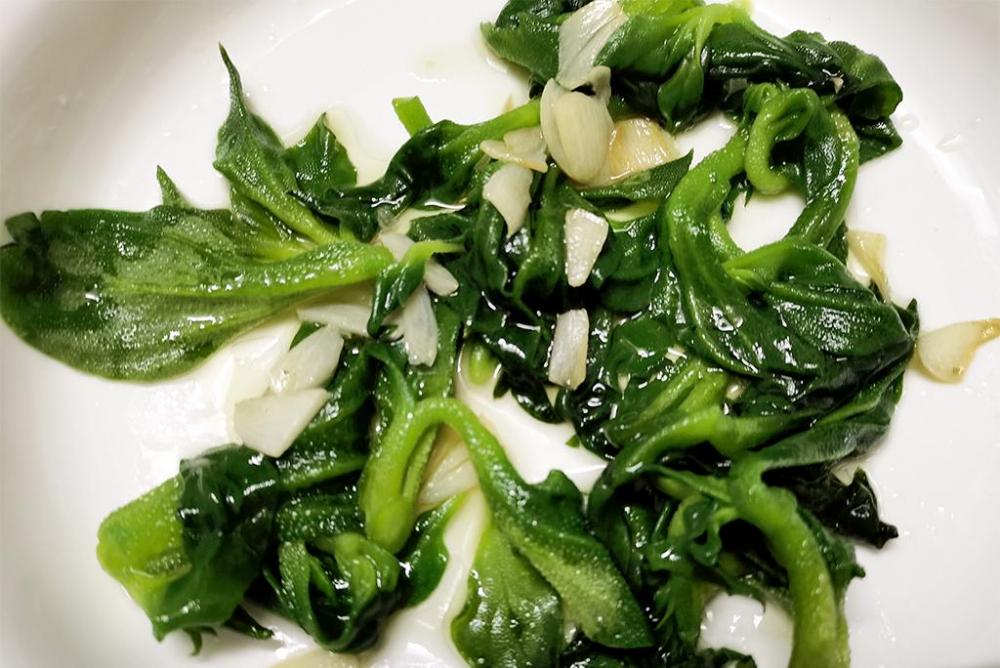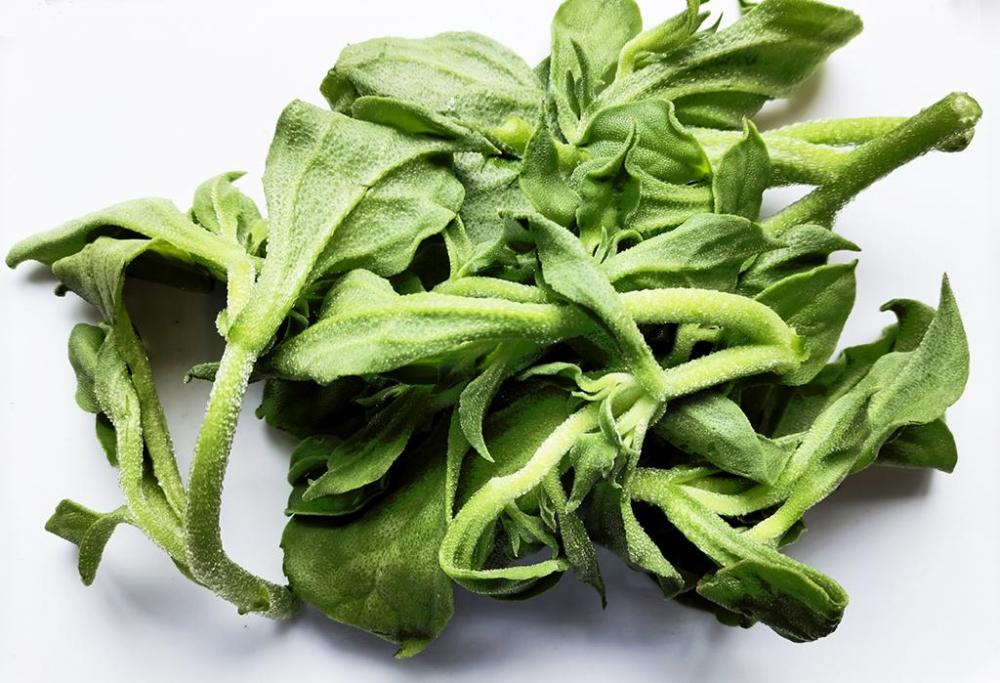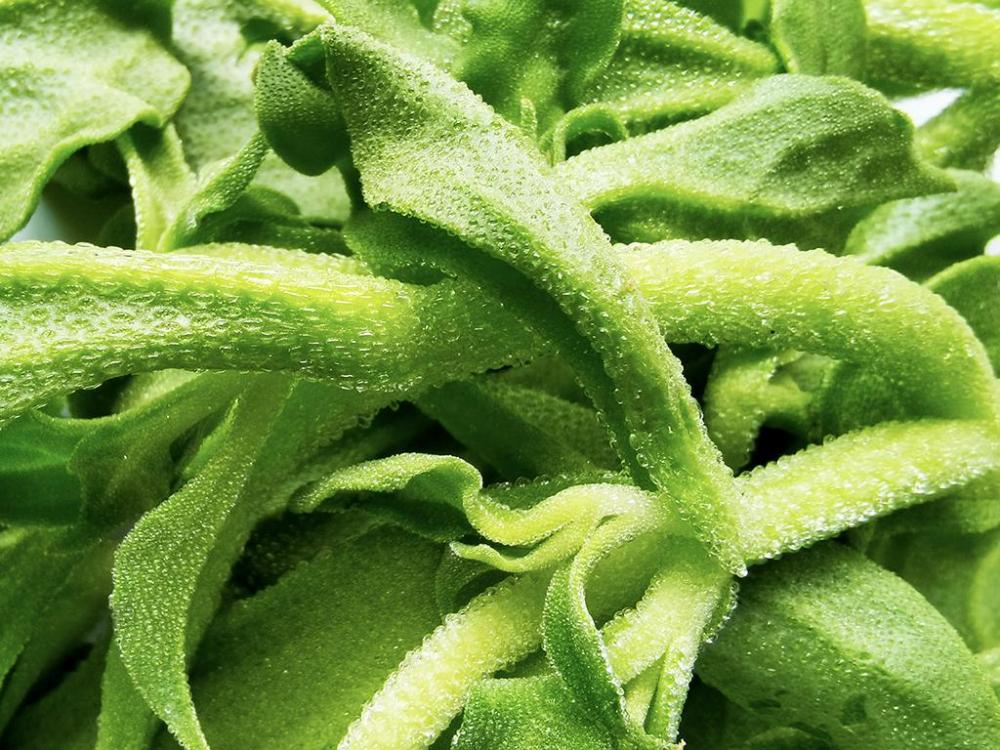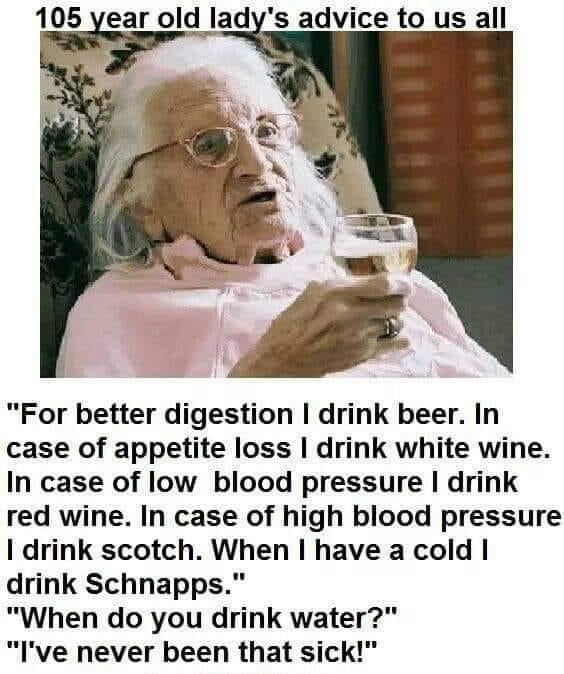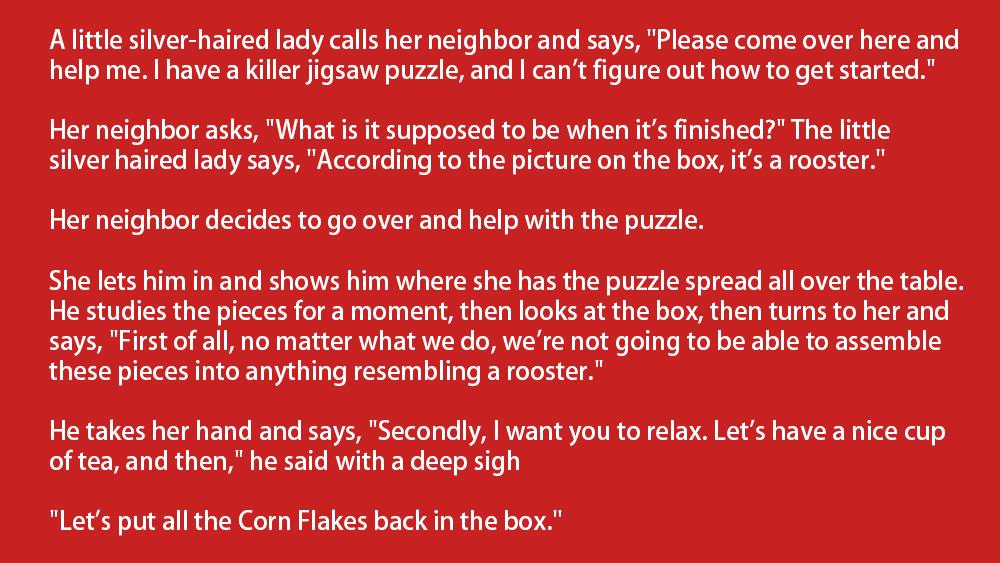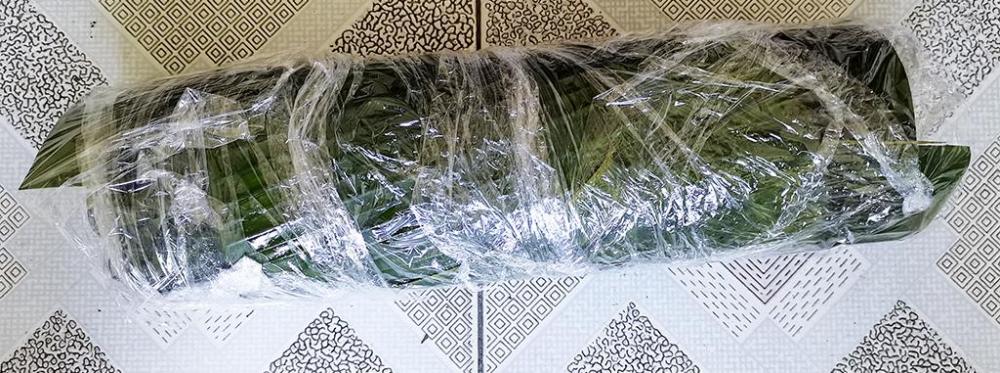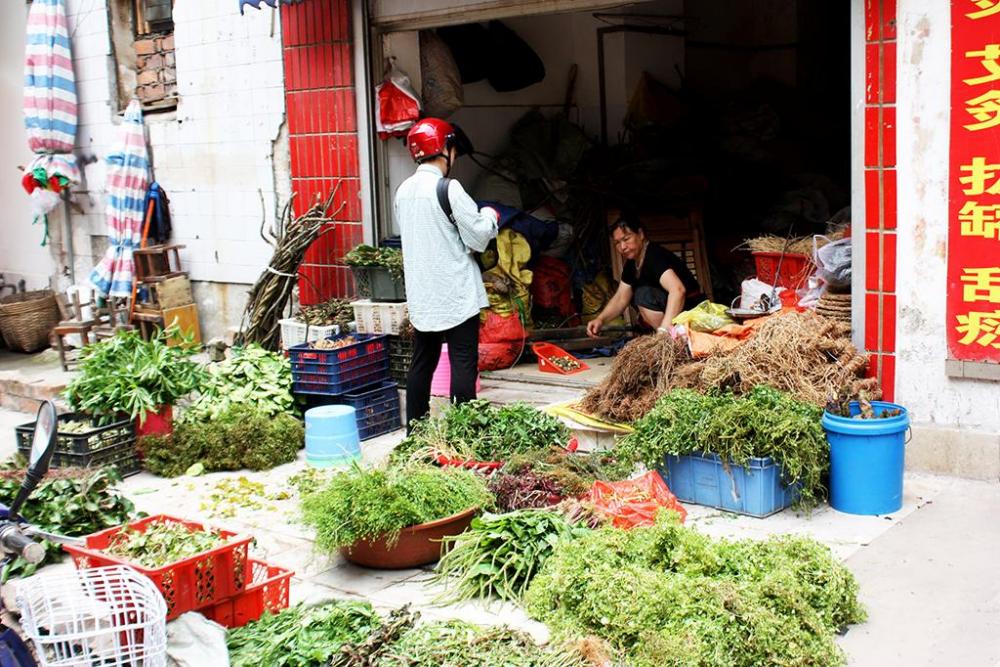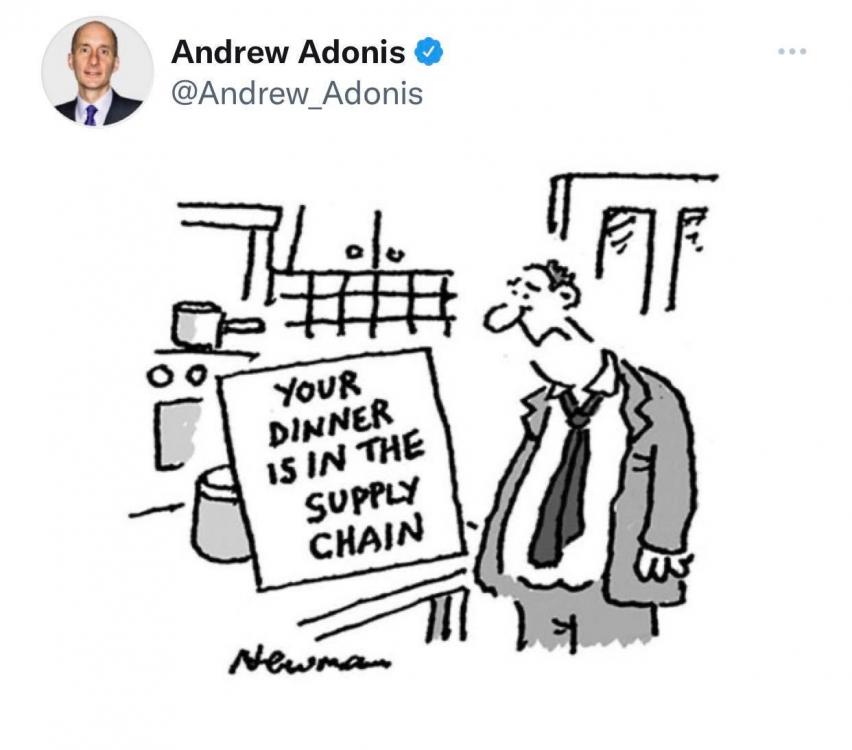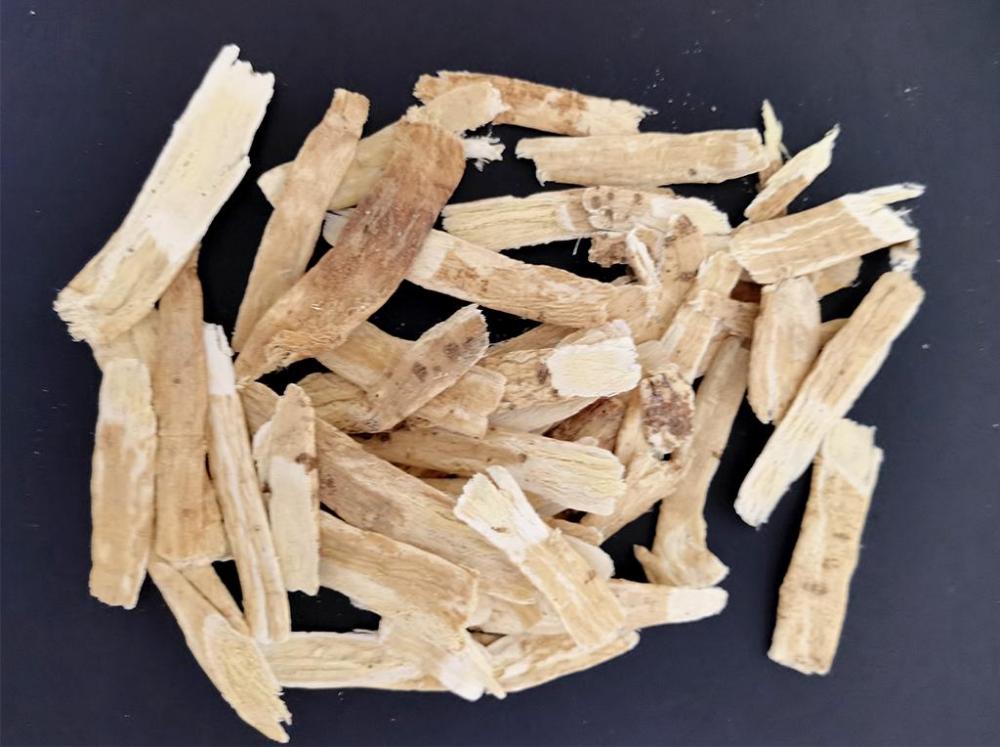-
Posts
16,658 -
Joined
-
Last visited
Content Type
Profiles
Forums
Store
Help Articles
Everything posted by liuzhou
-
39. 胡芦巴 (hú lú bā) – Fenugreek – Trigonella foenum-graecum I’m posting this as an example of one of the problems I am up against. The same story applies to many spices and herbs. Fenugreek, as I’m sure everyone here will be aware is most associated with Indian cuisine. India and China have had a fractured relationship for decades – this mainly manifests itself in the ongoing border disputes played out on top of bleak, barely accessible mountain tops in the Himalayas. It frequently breaks into actual shooting at each other. It also results in there being very little chance of me sourcing ingredients associated with India. I have, for example, never seen basmati rice in any store, supermarket or market. I can but it online but it comes from Pakistan. So, the choice of spices is also limited. Fenugreek, known as methi in India, is one of my favourites, either the leaves as a herb or the seeds as a spice. But it is unavailable here – or so I thought. I was in a local traditional pharmacy yesterday (looking for something non-eG related) and spotted something I thought I recognised. Yes, turmeric seeds! And they are grown in China’s Anhui Province. It turns out they are used in TCM to cure everything except gullibility! The only problem is that I can only buy them in loads of 500 grams. So, I broke my usual rule of only ever buying spices in small amounts and grabbed a bag (it was only $2.30 USD equivalent). I have planted a few to see if they germinate, but I’m not confident. Still, I’m happy with the seeds.
-
It is fairly clear that these studies involve much larger dosages than is ever likely to be ingested by throwing some turmeric into your curries or whatever.
-
That article does not prove anything. It merely demonstrates that curcumin may do something or has the potential to do something. It uses the word may 18 times and potential 28 times, then concudes by saying it is worth investigating. That's all. It is not peer reviewed evidence.
-
What price? Those cost me the equivalent of $1.50 USD per can. They are often sold as loss leaders in the UK and you can pick them up for next to nothing.
-
Cite one that actually comes from a peer reviewed academic source.
-
I knew someone was going to say that. These don't have that effect on me. I have had to give up lentils, though.
-
This almost had me in tears of nostalgia. My London home is a few minutes walk from here and I love the place. So glad to hear it seems to be being protected from developers, as I had heard it was under threat. Wonderful food, too. Mostly vegetarian, which I'm decidedly not, but will happily eat from time to time. London's most authentic Indian food?
-
- 2
-

-
-
-
38. 草鞋板 (cǎo xié bǎn) / 球兰 (qiú lán) - porcelainflower or wax plant - Hoya carnosa 球兰 (qiú lán) is a real outlier, even here. Hoya carnosa is native to East Asia and Australia and is a popular house plant around the world, noted for its fragrant flowers and waxy leaves. In the UK it has gained the Royal Horticultural Society’s Award of Garden Merit. Here it is more or less a weed, albeit it pretty one. It also has succulent shoots, 草鞋板 (cǎo xié bǎn), which are what we are interested in here. These are foraged then dried and used both medicinally and, in some places, cooking. I have only ever seen or eaten it once in a village just north of Liuzhou city. It was used in a chicken soup made in a bamboo pipe. That meal is documented in detail here. Although Google shows many sites discussing the plant, none seem to know it is used either medicinally or in cooking. One site did lead me to the information that it is not considered to be toxic to humans or pets. Oh good! Hoya flower image by JLPC, licensed under the Creative Commons Attribution-Share Alike 3.0 Unported license.
-
-
The only vine leaves I can get here are plastic! Used for decoration. it's strange because China does grow grapes and they usually use everything. I had a couple of vigorous vines in my London garden. Good grapes and leaves.
-
Pork with fermented black beans, garlic, chilli, Shaoxing wine, soy sauce, scallions and cilantro/coriander. "South African" ice plant, stir-fried with garlic. Rice.
-
Another new one (at least to here) turned up in the supermarket this morning. 南非冰草 (nán fēi bīng cǎo), literally 'South African Ice Grass', Mesembryanthemum crystallinum, is known in English as 'common ice plant', 'crystalline ice plant' or just plain 'ice plant'. Native to southern Africa and southern Europe, it is a succulent, now naturalised (sometimes invasively) in North and South America and Australia. It is a popular vegetable in Japan where it was first successfully cultivated on a commercial scale. Now it is grown in northern China, especially Shandong. The ice name comes from the bladder cells or water vesicles resembling ice on the leaves and stems. The leaves and stems (and seeds) are all edible. I'm guessing the locals here will just stir fry it. In its native South Africa, the leaves and stems are often pickled. As to taste, it is slightly sweet, with a fresh herbal taste; the texture is pleasantly crisp. The plant has the ability to absorb salt, so be careful with seasoning.
-
-
But. Before I go, let me say that I bought some banana leaves today after being inspired by writing about them a few days ago and steaming a fish yesterday. Here they are. They are sold rolled up and covered in plastic wrap. Unrolling them reveals these The longest segment of leaf is 107 cm / 42 inches long. The floor tiles are 30 cm / 1 foot square. I'll be steaming more fish soon in some of them. Thai style, probably, but could be Chinese, too.
-
I've covered most of the important herbs and spices (and a few obscure ones), but there are hundreds more. I have some non -eG stuff I need to work on over the next few days, so I'm going to pause my new posts in this topic for a bit, although I'll still be popping in and will happily answer any questions or respond to any comments. In the meantime, I leave you with this image of a typical herb shop round these parts. This one is in Nanning, the capital of Guangxi, where I live. Most of the herbs inside are dried foraged examples. The fresh stuff, equally wild picked, is out on the sidewalk. Also, most are for medicinal rather than culinary use, but there are exceptions. Nothing is labelled in any language! All great fun!
-
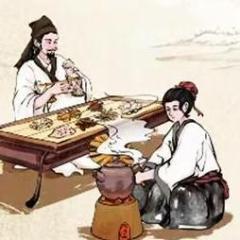
Why is pig meat called "pork"? Why is cattle meat called "beef"?
liuzhou replied to a topic in Food Traditions & Culture
Vache is female* as is English 'cow'. Boeuf is gender neutral. *I don't mean grammatically feminine, although it's that too. -
-

Why is pig meat called "pork"? Why is cattle meat called "beef"?
liuzhou replied to a topic in Food Traditions & Culture
Yes. 'Chook', originally 'chuckie', is an antipodean corruption of 'chick(en)' and dates back to the 19th century. It changed from 'chucky' to 'chook' in the 1930s. -
37. 黄芪 (huáng qí) – Milk vetch – Astragalus membranaceus This is more of a warning than a recommendation. Astralagus is another plant common to the northern hemisphere, but found in the temperate zone. There are over 3,000 species in the family. Not all are edible and some are downright dangerous. As with wild mushrooms, never consume any anything unless you are 110% sure what species it really is. In China and Mongolia, 黄芪 (huáng qí) or 北芪 (běi qí) refers to the root of Astragalus membranaceus aka Astragalus propinquus. It has been used in traditional Mongolian and Chinese medicine (TCM) for over 2,000 years, but there is no scientific evidence it does any good for anything. In fact, most scientific evidence points away from that. The dried root is sliced and sold in my local supermarkets to be added to soups and hot pots, but it is most commonly used here in so-called food supplements such as Lectranal, popular with shamans, food faddists and ‘wellness’ experts idiots who believe it can ‘cure’ hay fever’ a form of allergic rhinitis. The only wellness those people are interested in is the wellness of their bank balances. /endrant So my sincere advice is to have nothing to do with it. Try horse de-wormer instead!


